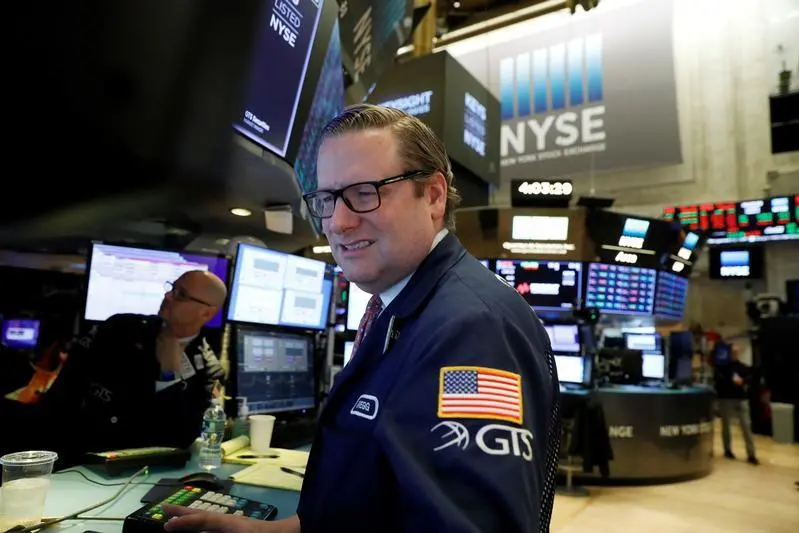PHOTO
TOKYO: U.S. stock futures stepped back in choppy early Asian trade on Wednesday as concerns about the widening coronavirus epidemic weighed against hopes policy support would combat its economic fallout.
U.S. stock futures ESc1 fell 2.0% after the S&P 500 .gained 6.00% on Tuesday, paring a little under half of its huge losses on Monday.
Tuesday's lift in the S&P 500 came as policymakers around the world cobbled together packages to counter the severe restrictions on various economy-boosting activities aiming at slowing the spread of the virus.
"While markets react to positive news on stimulus, that doesn't last long. I think there are a lot of banks and investors whose balance sheet was badly hit and they will have lots of positions to sell," said Shin-ichiro Kadota, senior currency and rates strategist at Barclays.
The Trump administration on Tuesday unveiled a $1 trillion stimulus package that could deliver $1,000 cheques to Americans within two weeks to buttress an economy hit by coronavirus while many other governments look to fiscal stimulus.
"That would be bigger than a $787 billion package the Obama administration came up after the Lehman crisis, so in terms of size it is quite big," said Masahiro Ichikawa, senior strategist at Sumitomo Mitsui Asset Management.
"Yet stock markets will likely remain capped by worries about the spreading coronavirus," he said.
The U.S. Federal Reserve moved on Tuesday to ease funding stress among corporates by reopening its Commercial Paper Funding Facility to underwrite short-term corporate loans.
All in all, S&P500 futures are still down more than 9% so far this week.
In Asia, MSCI's broadest index of Asia-Pacific shares outside Japan dipped 0.1% while Japan's Nikkei gained 1.9%.
Talk of big stimulus is raising some concerns about the long-term outlook of U.S. fiscal health, putting pressure on long-term U.S. government bonds.
The spread between 30-year and five-year yields rose to almost 1%, the highest since September 2017.
The U.S. 30-year bonds yield jumped 38 basis points on Tuesday to 1.648%.
In the currency market, a shortage of dollar cash supported the U.S. currency.
The Australian dollar licked wounds at $0.5990, having hit a 17-year low of low of $0.5958.
The kiwi traded at $0.5946 after hitting a 11-year trough of $0.5919.
The dollar held firm against most currencies but dipped 0.25% against the safe-haven yen to 107.28 yen.
Oil prices sank near their 2016 troughs as the prospects of slow oil demand due to the pandemic added to pressure from a Saudi-instigated price war.
U.S. benchmark oil futures CLc1 dropped to as low as $26.61 per barrel, not far off 2016 low of $26.05, a break of which would push them to levels last seen in 2003.
(Editing by Jane Wardell) ((hideyuki.sano@thomsonreuters.com; +81 3 4563 2768;))
((To read Reuters Markets and Finance news, click on https://www.reuters.com/finance/markets For the state of play of Asian stock markets please click on: 0#.INDEXA ))












